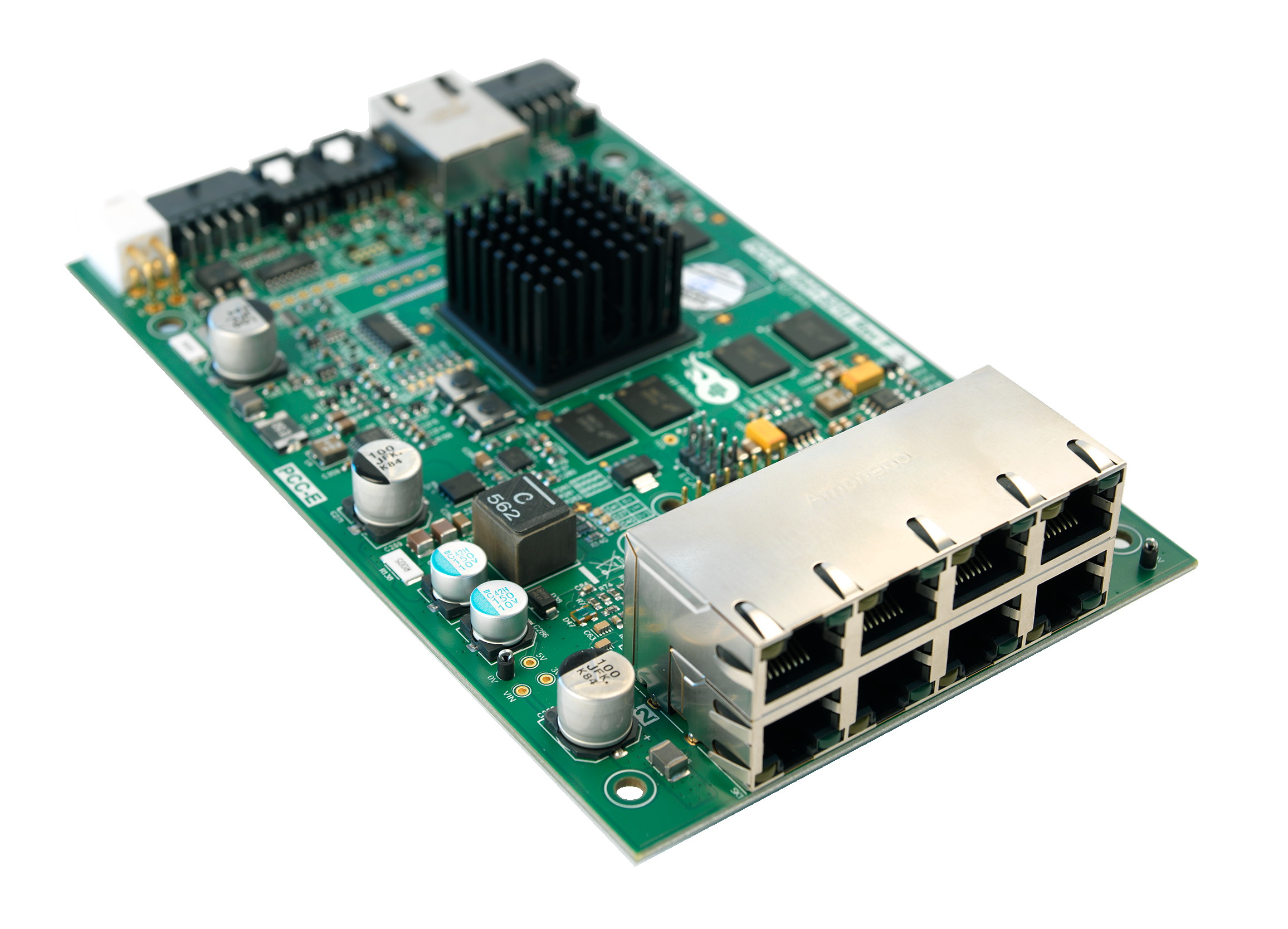Recent trends in industrial reliability and in print quality have driven changes in drivers in analogue and digital hardware and embedded software functionality. These changes have resulted in improved electronics and software technology and have helped to produce the latest high-performance inkjet machines. Here, we look at the various types of electronics required for industrial printing and how we have adapted them to the demands of the market.
Printhead driver electronics
The electronics for today’s printhead drivers are complex and continue to evolve. Timing and location of drop landing, and size and speed of drop are two issues that must be controlled to ensure high quality printing:
- Timing and location of drop landing
Timing of each drop ejection is triggered by an encoder signal, but not necessarily on every pulse of the encoded signal itself. Some nozzles in an array of heads are not on the same pixel pitch as others; firing simultaneously would not produce drops that line up. Extrapolating between encoder pulses can be inaccurate, so using encoders that are faster than the print frequencies assists in accuracy of timing drops. The device that produces the encoder signal can have errors and may not match the media speed, so the ability to adjust an encoder signal during printing has become another modern requirement. Other considerations that affect timing are printed circuit board layout and general wiring because of their effect on the waveform that causes the printhead to fire. It is critical that they are considered in the design to avoid unwanted impedances etc.
- Size and speed of drop
The ink in a nozzle that hasn’t been used for a while can age or dry and then when asked to fire it either refuses or fires with reduced drop size and speed. To overcome this, non-firing ‘tickle’ pulses within a waveform are sometimes used. Waveforms with multiple pulses, each defined digitally, and often with complex stepped shapes, have been developed to permit a range of drop sizes. Thus, modern electronics have digitally-defined analogue amplifiers designed to cope, whether just one drop is being fired or a large number. Even with excellent analogue electronics, variations will exist between one drop and another. Basic electronics ignore all these variances and usually in a scanning plotter the resulting artefacts are disguised. However, they are not adequately disguised for many new inkjet machines, especially those with higher resolution heads and UV inks. More advanced electronics provide robust electrical amplifiers and allow for compensations to be applied to both voltages and the image data to remove the variances in size and speed or the effects of these variances.
Electronics for creating the waveform
Printheads have historically had built-in waveform generation and dissipated the heat produced into the ink. However, increasingly, new heads do not have internal waveform creation and rely on sophisticated external electronics from third party suppliers. Thus, the bulk of the heat dissipation now occurs within external electronics. Since the waveform is an essential part of the performance of the head, the “brand value” of the head, whilst still necessary, is no longer sufficient guarantee of good print performance. Therefore, close collaboration with the head manufacturer is required to ensure that the electronics and printheads working together can provide the best performance that their heads can offer.
Printer controller electronics
An inkjet printer manufacturer can create a technology platform that stretches across a range of head types and inkjet machines. The most important common platform is the software layer: a common application programming interface (API) for ease of constructing different types of printers without rewriting the datapath each time. Meteor offers probably the most established independent datapath API and we have extended it in response to requests from well over a hundred customers. Some of these requests require changes in the controller electronics; they are not just functions that group or facilitate existing datapath actions. For example, Meteor modified the controller we use to allow data from two images to be printed simultaneously by the same head with an online-variable arbitrary distance between them. This allowed cut sheet printing with gaps that vary, even if the gap is smaller than the distance between rows of nozzles in a head.
Other examples of controller changes Meteor has developed for customers include enabling libraries of images to be available for printing without having to send each image over cables at print speed, and the ability to start and stop printing cleanly mid-way through larger pre-stored images at arbitrary points in real time.
The task of adding additional features to the datapath never ceases and a strong engineering team and robust firmware stack is needed to cope year after year as new inkjet customers and applications arise.
Electronics for real-time functions and for offline functions
Many offline functions are now becoming online as inkjet reaches markets with higher demands for consistency. For example, compensating for a missing nozzle is now available online rather than offline. It is difficult to RIP a pdf document in a defined time due to the near-unlimited complexity of the pdf format. However, screening and small adjustments to the RIPped data, or to the print resolution, can be made either on- or offline because the speed can be measured. So, Meteor is able to introduce many on-line software features into the datapath without risking data starvation of the heads during a production print run. Commercial licensing schemes are now available from Meteor that distinguish low-use off-line image manipulation from high-use on-line image manipulation. This enables both re-print machines and variable data machines to have fair access to advanced features such as image rotation and cross-web calibration to smooth out banding across and within heads in an array.
Clive Ayling will present an invited talk - "Electronics: essential components for high performance inkjet printing" - at the IMI Europe Inkjet Development Conference, 17-18 April 2018 in Frankfurt, Germany.

